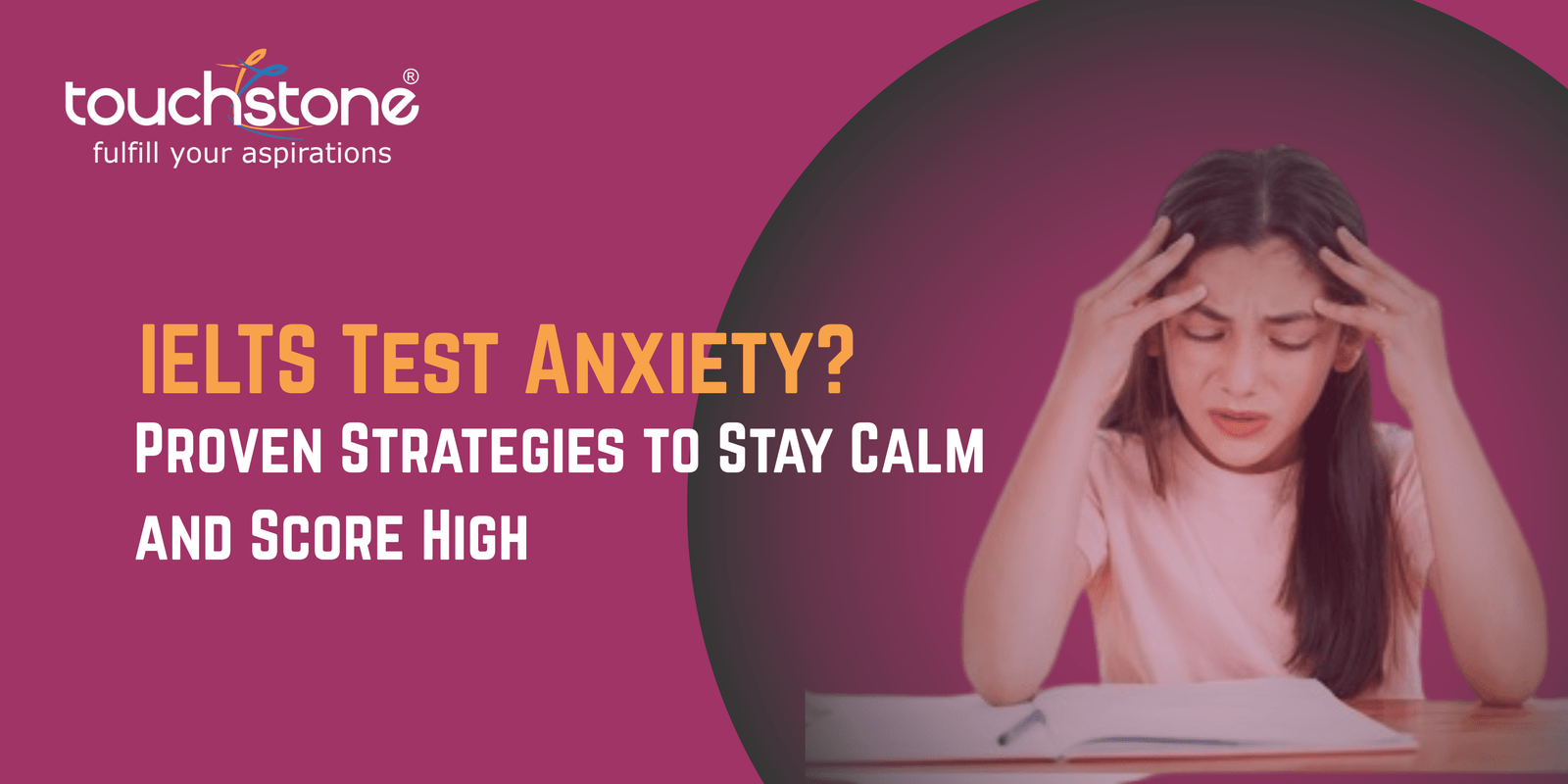Students planning to study abroad should be aware of the types of offer letters which they may receive from universities abroad.
Once you are done with filling your applications to a university abroad, you wait to get a response from the university to which you have applied. They send you a letter of acceptance if they like your profile.
There are 2 types of offer letters, namely: conditional and unconditional. It is very important for you to know the difference between the two.
Difference between conditional and unconditional offer letters
Conditional offer letters, as the name suggests, come with conditions. A conditional offer letter requires you to fulfill certain criteria in terms of academic requirements to get admission.
Universities have guidelines regarding their pre-requisites for students while applying for any programme. When a university sends a conditional offer letter to you, it means that you will be granted admission only if you fulfill the requirements laid down by the university:
- The university can ask for an academic percentage of 70 and above
- The university can also ask for specific bands/score in IELTS/TOEFL test.
On the other part, an unconditional offer letter is a final acceptance letter. It signifies that you have been accepted by the university since you have met the academic requirements. In fact, with an unconditional offer, you get the chance to avail educational loan from any bank.
A point to note here is that even if you take up any exam after receiving an unconditional offer letter, the scores in the exam won’t be factored in.
An unconditional offer letter often requires you to pay the confirmation fee to the university which is over and above the tuition fee for the year.
You may notice slight variations in the rules of different universities and countries.
A conditional offer letter can affect your visa approval. If the conditional offer letter comes with formalities that need to be fulfilled after you enter the university, then the visa procedure will not be a problem, but if it comes with formalities that have to be completed before you leave your home country, under such circumstances, the visa procedure will be delayed.
Therefore, make sure to complete the formalities on time.








